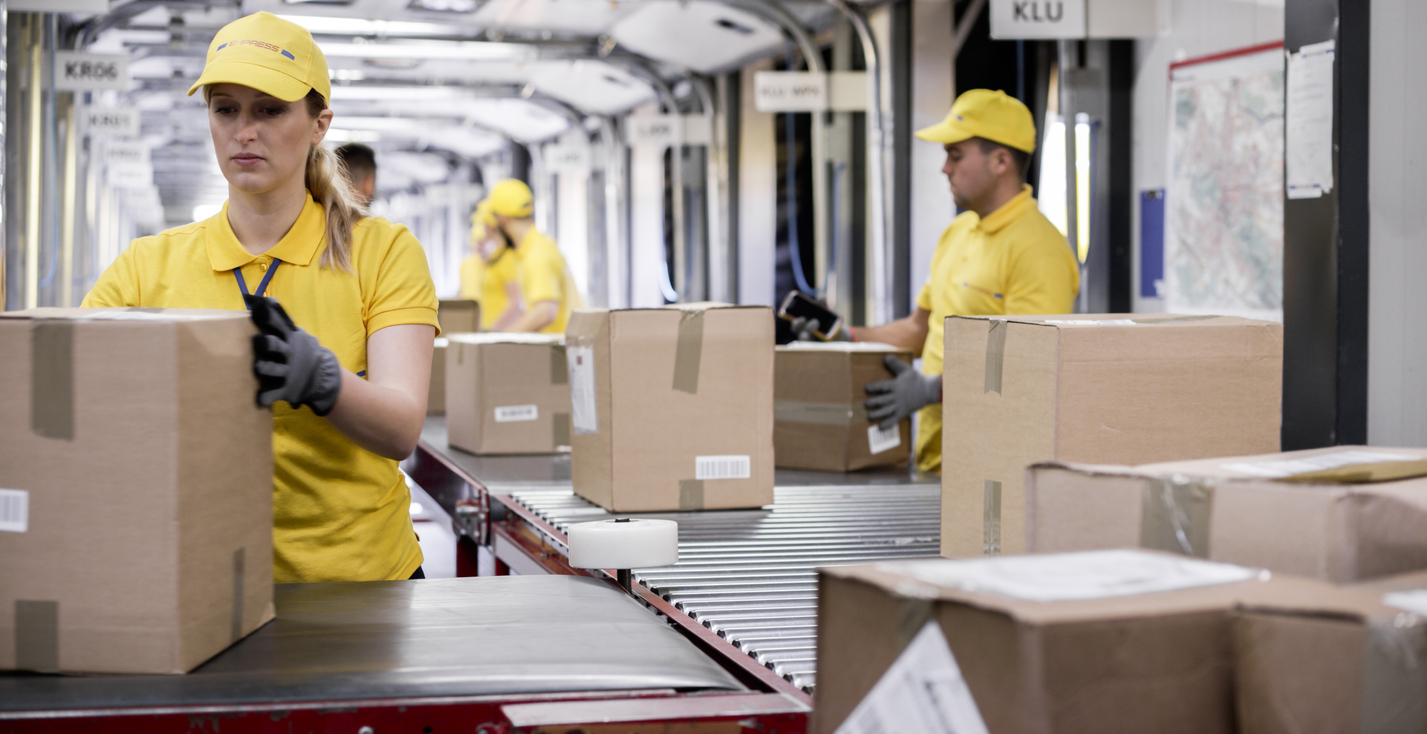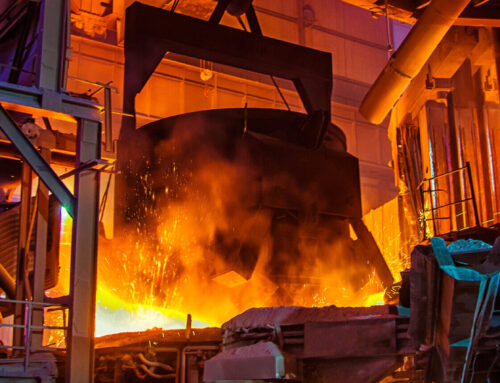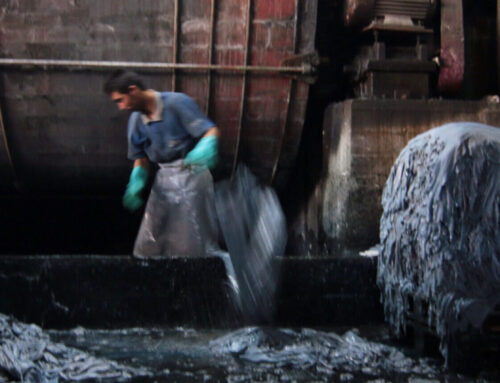The reduction of methane emissions is now a condition for achieving the +1.5 degree scenario of the Paris Climate Agreement.
International conventions evolve to support the reduction of the methane greenhouse effect
The latest report of the Intergovernmental Panel on Climate Change (IPCC), published in August 2021, assesses in its chapter 6 the major responsibility of methane in the increase of global temperatures. According to scientists, methane is the second most important greenhouse gas after carbon dioxide. It is believed to be responsible for 0.5°C of the 1.1°C increase in global temperatures since the first industrial revolution. This gas has a shorter lifetime in the atmosphere than carbon dioxide but has a global warming potential that is 30 to 80 times greater depending on the time horizon considered (20 or 100 years). Today, a quarter of greenhouse gas emissions are attributable to methane.
The reduction of its emissions is now a condition for achieving the +1.5 degree scenario of the Paris Climate Agreement. International bodies are seeking to establish a short-term consensus, with 2021 being a particularly telling year for the acceleration of the inclusion of this gas in decarbonisation trajectories.
Economic agents must already integrate this evolution into their management. New regulations and standards are being introduced.

The United Nations, the States and the representatives of the most emissive sectors are setting ambitions, measurement tools and short and medium-term objectives.
Why track methane emissions?
Methane is a potent greenhouse gas whose emissions are still increasing. According to the Global Carbon Project, an international climate research organisation, published in July 2020, 60% of methane emissions are of anthropogenic origin.
Origin of methane anthropogenic emissions between 2008 and 2017 by sector (%)
Source: Global Carbon Project 2020
On a global scale, the current increase in methane concentration in the atmosphere is due as much to livestock farming as to fossil fuels. Its geographical distribution is uneven: Europe is the only region in the world to have reduced its methane emissions over the past 20 years. On the other hand, Africa, South Asia, China and the United States are constantly increasing their emissions.
According to the IPCC, this is worrying because methane is a greenhouse gas, or radiative effect*, 120 times greater than CO2. Admittedly, methane is a gas with a short lifetime in the atmosphere: 11.8 years, according to the latest IPCC assessment report (AR6), whereas the lifetime of CO2 is estimated at a century.
However, the IPCC estimates the Global Warming Potential (GWP**) of methane over 100 years at 27.9 and over 20 years at 81.2, compared with a GWP of 1 for CO2. The 100-year time horizon used until now by convention to establish greenhouse gas emission balances has not favoured taking into account the mitigation potential of methane emissions.
A change of convention, legitimised by science, is thus to be expected in support of international decarbonisation objectives, which must now be set in the short and medium term. Increasing the weight of methane emissions will make it a priority to reduce them. As the climatologist Hervé Le Treut states: “Reducing CO2 emissions without dealing with methane is no longer possible; we must act on both in parallel.
The imposition of global and sectoral strategies to reduce methane emissions is to be expected. They will quickly be accompanied by regulatory changes to which companies will have to respond.
Stakeholders are organising themselves to exploit the potential for reducing methane emissions and improve their footprint.
The United Nations, the States and the representatives of the most emissive sectors are setting ambitions, measurement tools and short and medium-term objectives.

Decision-making tools such as financial simulations of an internal methane price, scenario analysis or simply climate risk assessment highlight the projects with the highest environmental benefit in the short and medium term.
How can companies prepare for a regulatory change in methane emissions?
The imposition of global and sectoral strategies to reduce methane emissions is to be expected. They will quickly be accompanied by regulatory changes to which companies will have to respond.
In order to anticipate new disclosure requirements, methane emissions must now be given the same attention as CO2 emissions by emitting companies. This requires an assessment and a complete inventory of emissions.
The ball is now in the court of the heads of state.
The latest IPCC report puts the spotlight on methane, which has long taken a back seat to CO2, and points to its potentially major role in global policy to limit global warming.
Companies are encouraged to draw up comprehensive assessments of their methane emissions, to identify and prioritise reduction opportunities. Decision-making tools such as financial simulations of an internal methane price, scenario analysis or simply climate risk assessment highlight the projects with the highest environmental benefit in the short and medium term.
The ball is now in the court of the heads of state. COP 27 will probably be an opportunity to further integrate the methane component into the fight against climate change.
Radiative forcing *: “Change in net incoming minus outgoing radiation (expressed in Watts per m2) due to changes in an external factor of climate change, such as carbon dioxide concentration, volcanic aerosol concentration or solar radiation” (IPCC, 6th Assessment Report, Glossary).
GWP (Global Warming Potential) **: Developed by the IPCC, the GWP is an index that represents the impact of a greenhouse gas on the climate in comparison with that of CO2, whose GWP is fixed by convention at 1. This simplification has enabled the creation of a unit of measurement, the tonne of CO2 equivalent.
.
About Positivéco
At Positivéco, we see the new national and international regulations on CSR as an opportunity for positive growth.
Our aim: to apply financial and commercial skills to structure projects outside the traditional silos.
Since 2009, we have been supporting climate investment and development aid projects; we evaluate CSR policies and carry out extra-financial reporting for our clients. Positivéco advises financial institutions, public actors, listed and non-listed companies.
Request a callback today and discover how you can meet the new CSR requirements while serving the company’s project.









Contact us now!